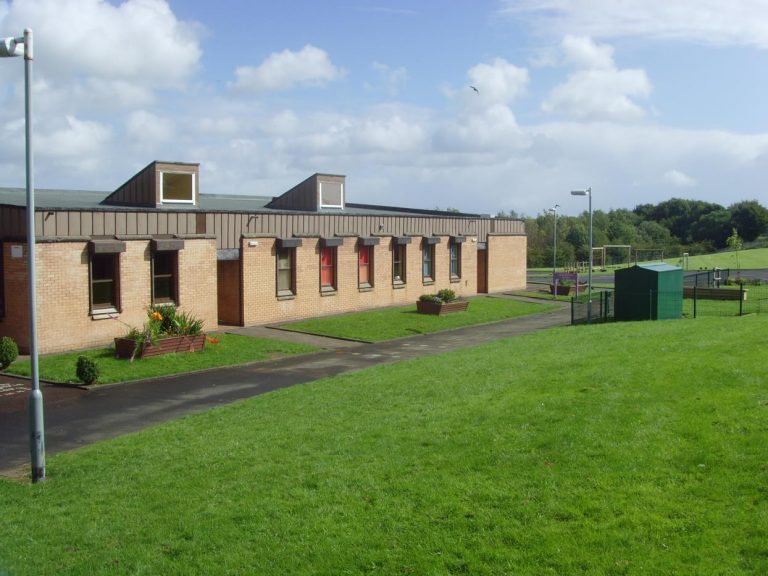Sustainable Building in California: Pioneering the Future
In a world increasingly impacted by climate change, California, known for its innovation and forward-thinking mindset, has been leading the charge in sustainable building. With a rich history of environmental legislation and a commitment to reduce its carbon footprint, the Golden State’s builders are pioneering a future that harmonizes with nature. This article explores how California is setting the stage for an era of sustainable construction and the innovative practices that make it possible.
A Commitment to Green Building
California has a longstanding commitment to environmental sustainability, from stringent regulations on emissions to incentives for renewable energy adoption. This commitment extends to the construction industry, which is being transformed by the push for greener buildings. For instance, the state’s Title 24 building codes are among the most rigorous in the nation, requiring new buildings to meet high energy efficiency and environmental design standards.
Pioneering Sustainable Practices
Several innovative practices have emerged from California’s construction industry, all aimed at reducing environmental impact while providing high-quality, durable, and comfortable living and working spaces.
Net-Zero Buildings: Net-zero energy buildings produce as much renewable energy as they consume over a year, and California is at the forefront of this trend. An increasing number of homes and commercial buildings are being designed with solar panels, high-efficiency HVAC systems, and superior insulation to achieve this balance.
Green Materials: Californian builders are increasingly using eco-friendly materials in their projects, from reclaimed wood and recycled metal to low-VOC paints and finishes. These materials reduce the environmental impact of construction while also creating healthier indoor environments.
Water Conservation: In response to California’s frequent drought conditions, builders are integrating water-saving features into their designs. These include rainwater collection systems, greywater recycling, drought-tolerant landscaping, and high-efficiency fixtures.
Leading by Example
Several standout projects in California exemplify the state’s commitment to sustainable construction. The Bullitt Center in Seattle, known as the greenest commercial building in the world, was constructed by California-based Miller Hull Partnership. The building meets the rigorous standards of the Living Building Challenge, producing more energy than it uses, treating its own water, and using only non-toxic materials.
Closer to home, the net-zero energy Packard Foundation Headquarters in Los Altos was designed by California’s EHDD architects. The building’s design makes optimal use of natural light, reducing reliance on artificial lighting. It also features a high-performance HVAC system and a 285-kW rooftop solar array, demonstrating that sustainable design can also be beautiful and functional.
The Road Ahead
As we move further into the 21st century, California’s builders continue to innovate and push the boundaries of sustainable construction. From green building certifications to state-of-the-art energy-saving technologies, the Golden State is proving that it’s possible to construct buildings that are environmentally friendly, cost-effective, and enjoyable to inhabit.
California’s pioneering spirit is paving the way for a more sustainable future, demonstrating that construction can not only coexist with nature but can even enhance it. By continuing to champion sustainable practices, California is setting a standard for the rest of the world to follow, transforming the industry one building at a time. As the state moves closer to its goal of carbon neutrality, sustainable building in California will not just be the future – it will be the present.







